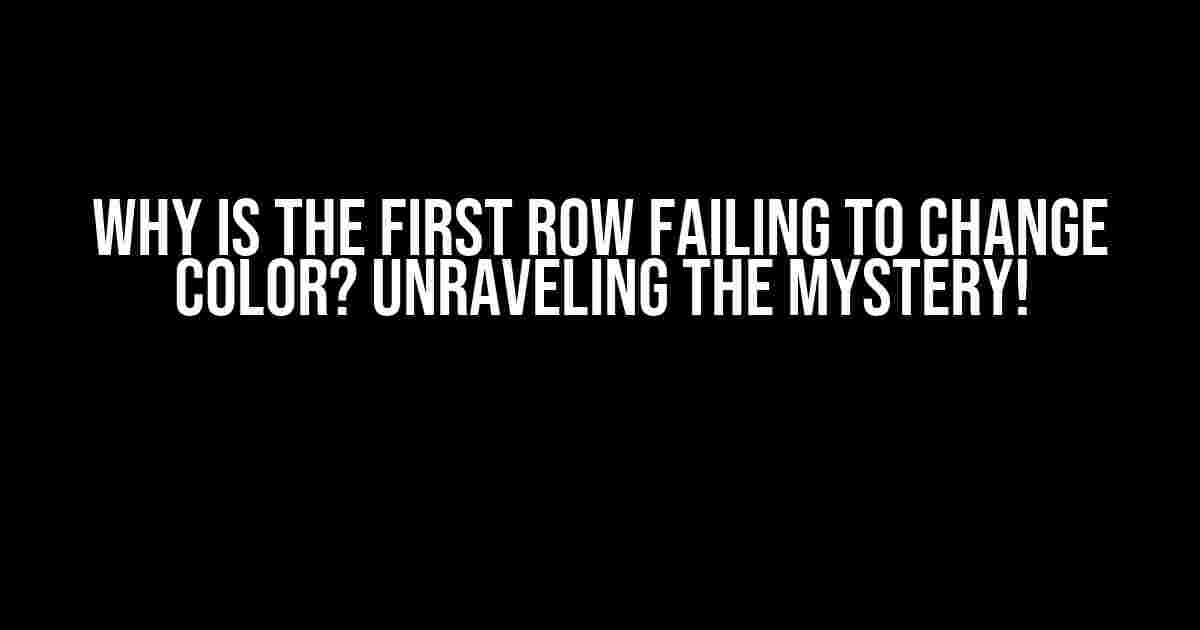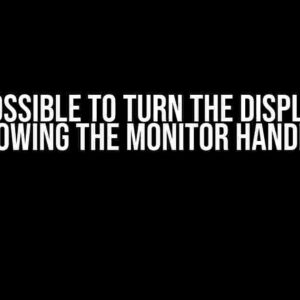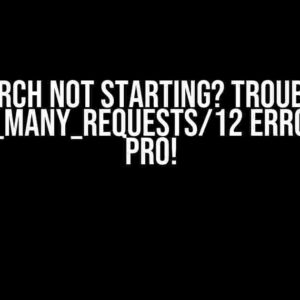Have you ever struggled to change the link color specifically on script run/onOpen, only to find that the first row remains stubbornly unaffected? You’re not alone! This article will delve into the world of Google Apps Script and HTML to provide a comprehensive explanation and solution to this pesky problem.
Understanding the Issue
The first row failing to change color is a common phenomenon when using Google Apps Script to modify link colors. This issue can be attributed to the way Google Sheets and Google Apps Script interact. Let’s break it down:
- Google Sheets rendering: When a Google Sheet is opened, the first row is loaded before any scripts are executed. This means that any changes made to the sheet’s styling or content through a script will not affect the first row until the script has finished running.
- Script execution: Google Apps Script executes scripts in a specific order, with the onOpen trigger being executed last. This means that any changes made to the sheet’s styling or content through a script will only take effect after the onOpen trigger has finished running.
The Script: A Closer Look
function onOpen() {
var ss = SpreadsheetApp.getActiveSpreadsheet();
var sheet = ss.getActiveSheet();
// Loop through all links in the active sheet
var links = sheet.getRange("A1:A").getRichTextValues();
for (var i = 0; i < links.length; i++) {
var link = links[i].getLinkUrl();
if (link) {
// Change the link color to blue
links[i].setLinkUrl(link).setForegroundColor("blue");
}
}
}
This script loops through all links in the active sheet, checking for the presence of a link URL. If a link is found, the script changes the link color to blue using the setForegroundColor method.
The Problem: Why the First Row Fails to Change Color
As mentioned earlier, the first row is loaded before the script is executed. This means that when the script tries to change the link color, the first row has already been rendered, and the change is not applied. To illustrate this, let's add a logger to the script:
function onOpen() {
var ss = SpreadsheetApp.getActiveSpreadsheet();
var sheet = ss.getActiveSheet();
// Loop through all links in the active sheet
var links = sheet.getRange("A1:A").getRichTextValues();
for (var i = 0; i < links.length; i++) {
var link = links[i].getLinkUrl();
if (link) {
// Change the link color to blue
links[i].setLinkUrl(link).setForegroundColor("blue");
console.log("Changed link color to blue for row " + (i + 1));
}
}
}
When you run this script, the logger will output the message "Changed link color to blue for row 1" even though the first row's link color remains unchanged. This is because the script has executed, but the change has not been applied to the first row.
Solution 1: Using a Time-driven Trigger
One solution to this problem is to use a time-driven trigger to run the script after a short delay. This allows the script to execute after the sheet has finished loading, ensuring that the first row is included in the link color change.
function createTimeDrivenTrigger() {
ScriptApp.newTrigger("changeLinkColor")
.timeBased()
.after(1) // Run the script 1 second after the sheet is opened
.create();
}
function changeLinkColor() {
var ss = SpreadsheetApp.getActiveSpreadsheet();
var sheet = ss.getActiveSheet();
// Loop through all links in the active sheet
var links = sheet.getRange("A1:A").getRichTextValues();
for (var i = 0; i < links.length; i++) {
var link = links[i].getLinkUrl();
if (link) {
// Change the link color to blue
links[i].setLinkUrl(link).setForegroundColor("blue");
}
}
}
By using a time-driven trigger, we can ensure that the script runs after the sheet has finished loading, and the first row's link color will be changed successfully.
Solution 2: Using a Client-side Script
Another solution is to use a client-side script to change the link color. This approach bypasses the issue of the script running before the sheet has finished loading.
function onOpen() {
var sheet = SpreadsheetApp.getActiveSheet();
// Add a script to the sheet that changes the link color
sheet.getRange("A1:A").getRichTextValues().forEach(function(rtv) {
var link = rtv.getLinkUrl();
if (link) {
rtv.setLinkUrl(link).setForegroundColor("blue");
}
});
}
By using a client-side script, we can execute the script on the client-side, after the sheet has finished loading, and the first row's link color will be changed successfully.
Conclusion
The first row failing to change color is a common issue when using Google Apps Script to modify link colors. By understanding the underlying causes and using one of the solutions provided, you can successfully change the link color of the first row. Remember, it's essential to consider the interaction between Google Sheets and Google Apps Script when writing scripts to modify sheet content.
| Solution | Description |
|---|---|
| Time-driven Trigger | Use a time-driven trigger to run the script after a short delay, ensuring the script executes after the sheet has finished loading. |
| Client-side Script | Use a client-side script to change the link color, bypassing the issue of the script running before the sheet has finished loading. |
Which solution will you choose? Do you have any other questions or concerns about this topic? Share your thoughts in the comments below!
Frequently Asked Question
Having trouble getting that first row to change color? Don't worry, we've got you covered!
Why isn't the first row changing color when I run the script?
Make sure you're not selecting the header row when you run the script. The script is designed to target the cells starting from the second row. Try selecting the entire range of cells (A1:A) instead of just the header row (A1).
Is it possible that my script is incorrect? How can I troubleshoot it?
Yes, it's possible that there's an issue with your script. Try adding a `Logger.log` statement to debug the script and see if it's throwing any errors. Also, make sure you've enabled the "Logger" service in your Google Apps Script project.
What if I want to change the color of the entire row instead of just the links?
Easy peasy! Just modify the script to target the entire row instead of just the links. You can do this by changing the range from `getRange(row, 1)` to `getRange(row, 1, 1, sheet.getLastColumn())`. This will apply the color change to the entire row.
Can I apply this script to multiple sheets at once?
Yes, you can! Just modify the script to loop through all the sheets in your spreadsheet using `var sheets = SpreadsheetApp.getActiveSpreadsheet().getSheets();`. Then, apply the script to each sheet using a `for` loop.
What if I want to change the color of the links based on a specific condition?
You can add an `if` statement to the script to check for the specific condition before applying the color change. For example, you can check if the link contains a certain keyword or if the cell value meets a certain criteria.



